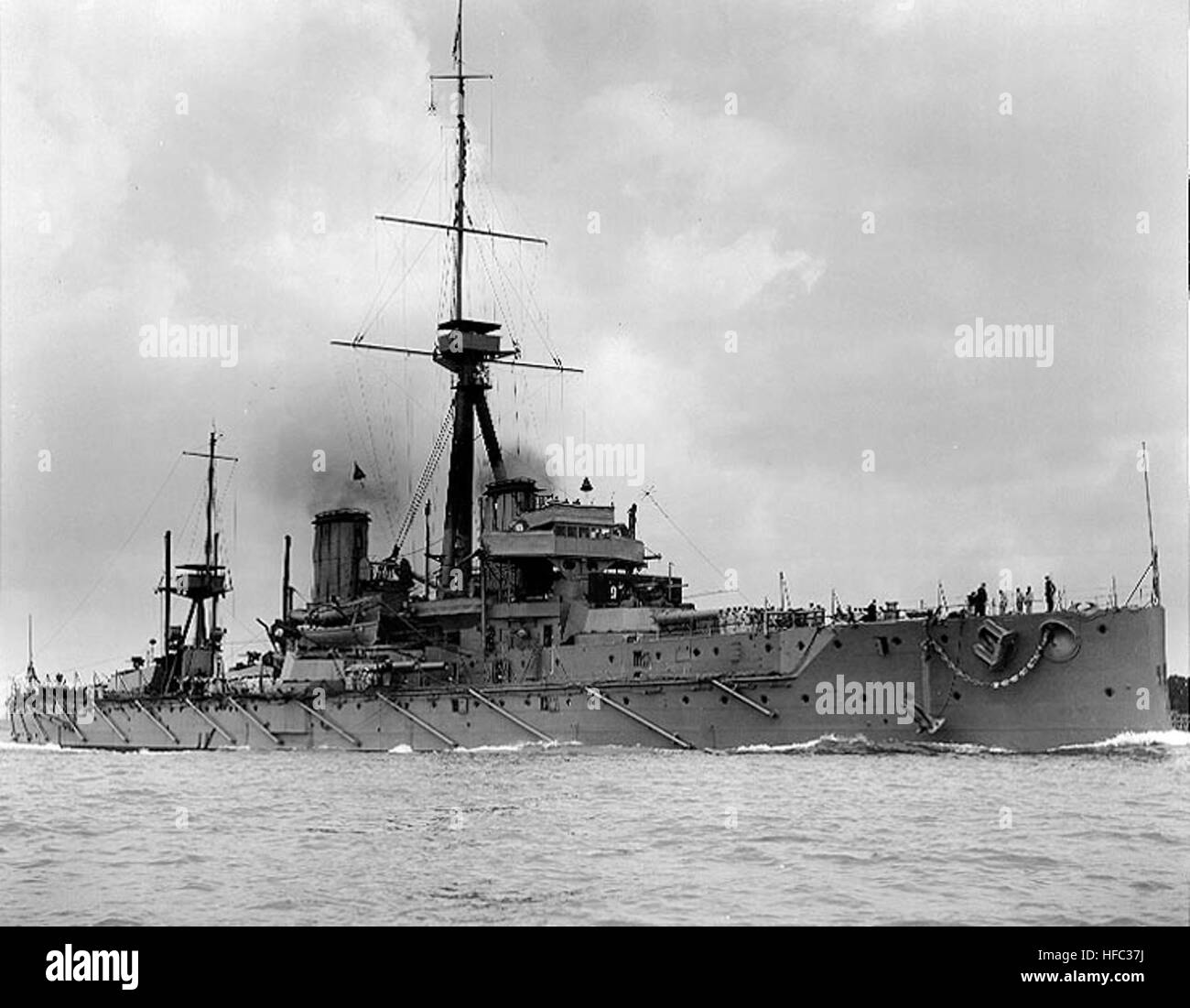

It was a revolution in naval warfare, such as the first all-iron ironclad, HMS Warrior in 1860. This ship indeed was the first to step up the battleship concept to a higher level. There was a “before” and an “after” Dreadnought. HMS Dreadnought in auld English “fear nothing”, is certainly one these vessels that changed history, creating a whole new class after its launch. The ship was reduced to reserve in 1919 and sold for scrap two years later.Battleship – 1 built An historical landmark In May 1916 she was relegated to coastal defence duties in the English Channel, before rejoining the Grand Fleet in 1918. Nor did Dreadnought participate in any of the other First World War naval battles.

Dreadnought did not participate in the Battle of Jutland in 1916 as she was being refitted. Ironically for a vessel designed to engage enemy battleships, her only significant action was the ramming and sinking of German submarine SM U-29 thus she became the only battleship confirmed to have sunk a submarine. Her launch helped spark a naval arms race as navies around the world, particularly the Imperial German Navy, rushed to match it in the build-up to the First World War. She was also the first capital ship to be powered by steam turbines, making her the fastest battleship in the world at the time of her completion. 20,730 long tons (21,060 t) ( deep load)Ħ,620 nmi (12,260 km 7,620 mi) at 10 knots (19 km/h 12 mph)ĭreadnought was the first battleship of her era to have a uniform main battery, rather than having a few large guns complemented by a heavy secondary armament of smaller guns.


 0 kommentar(er)
0 kommentar(er)
